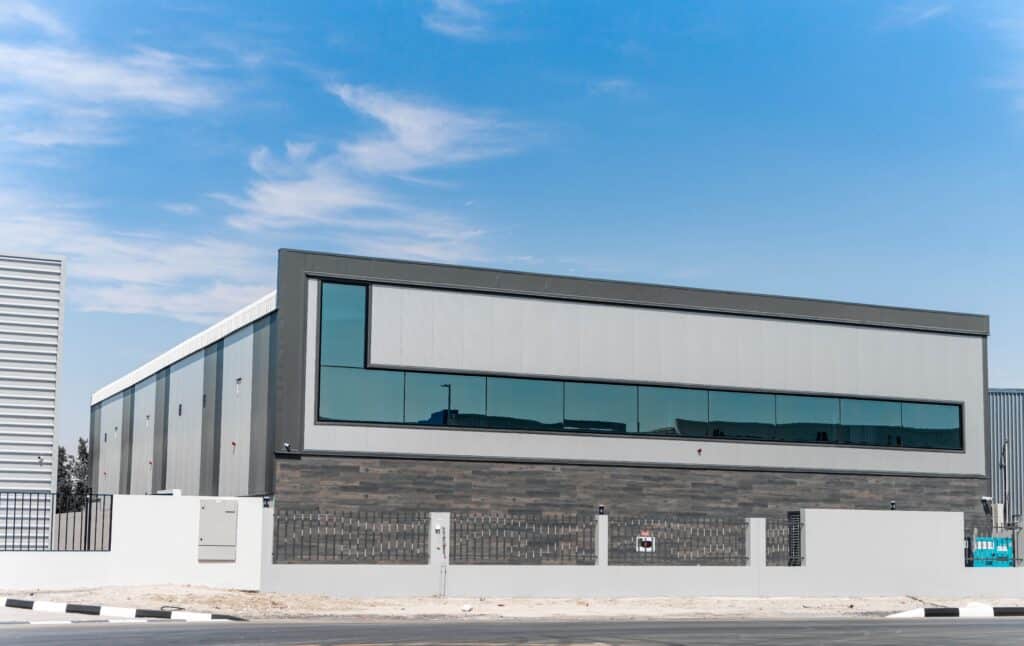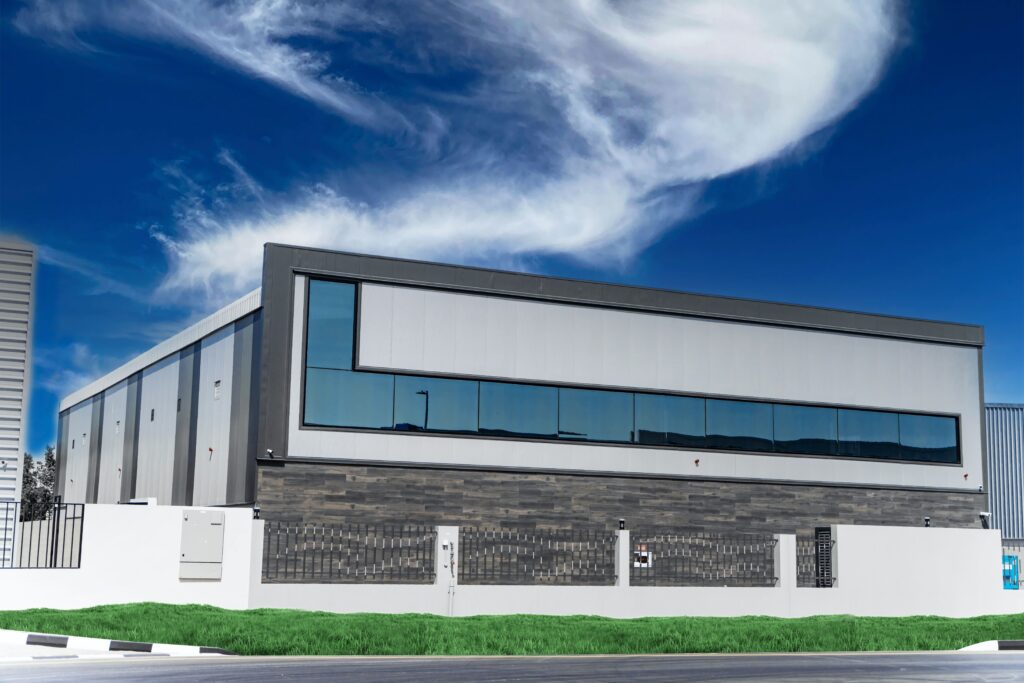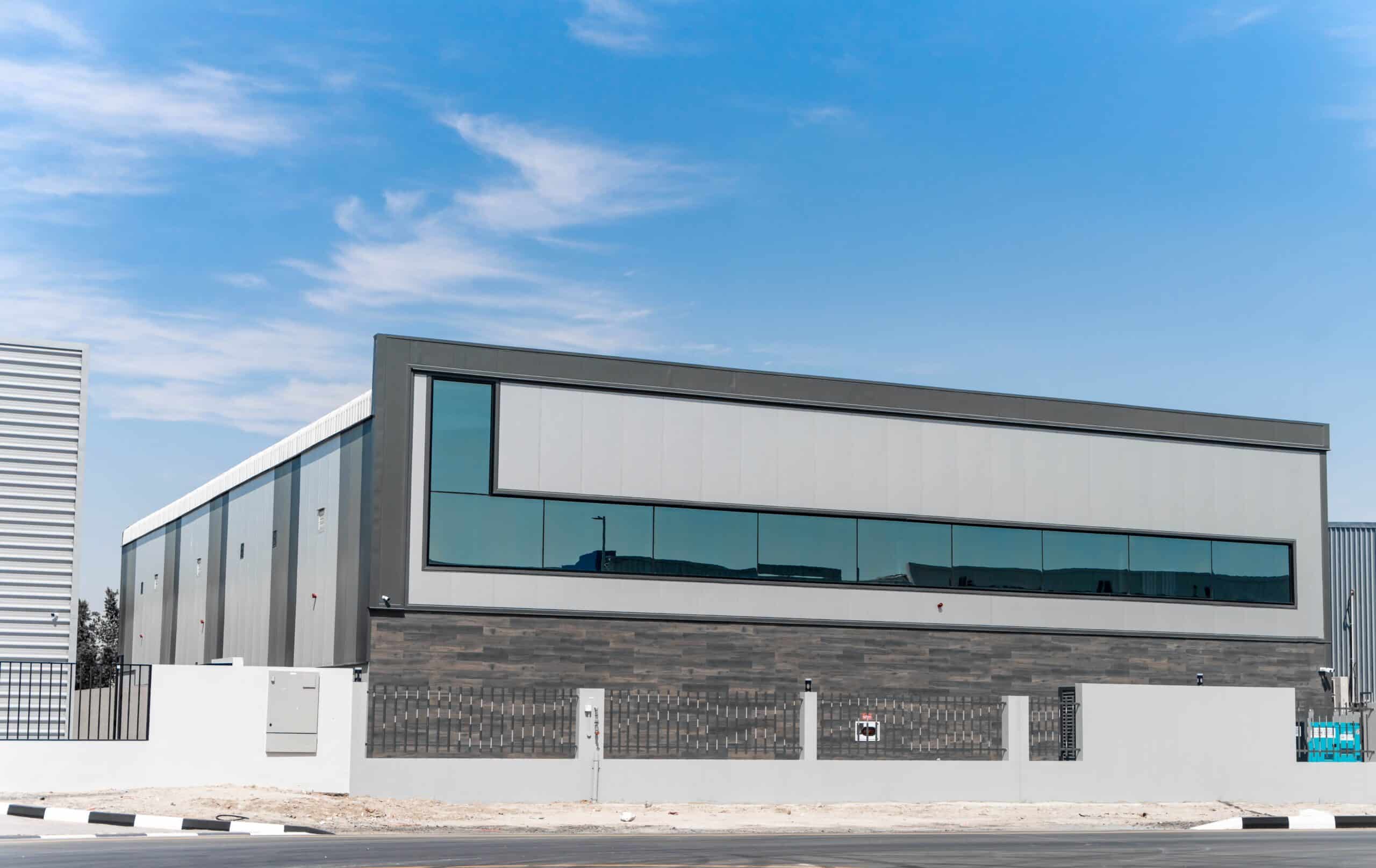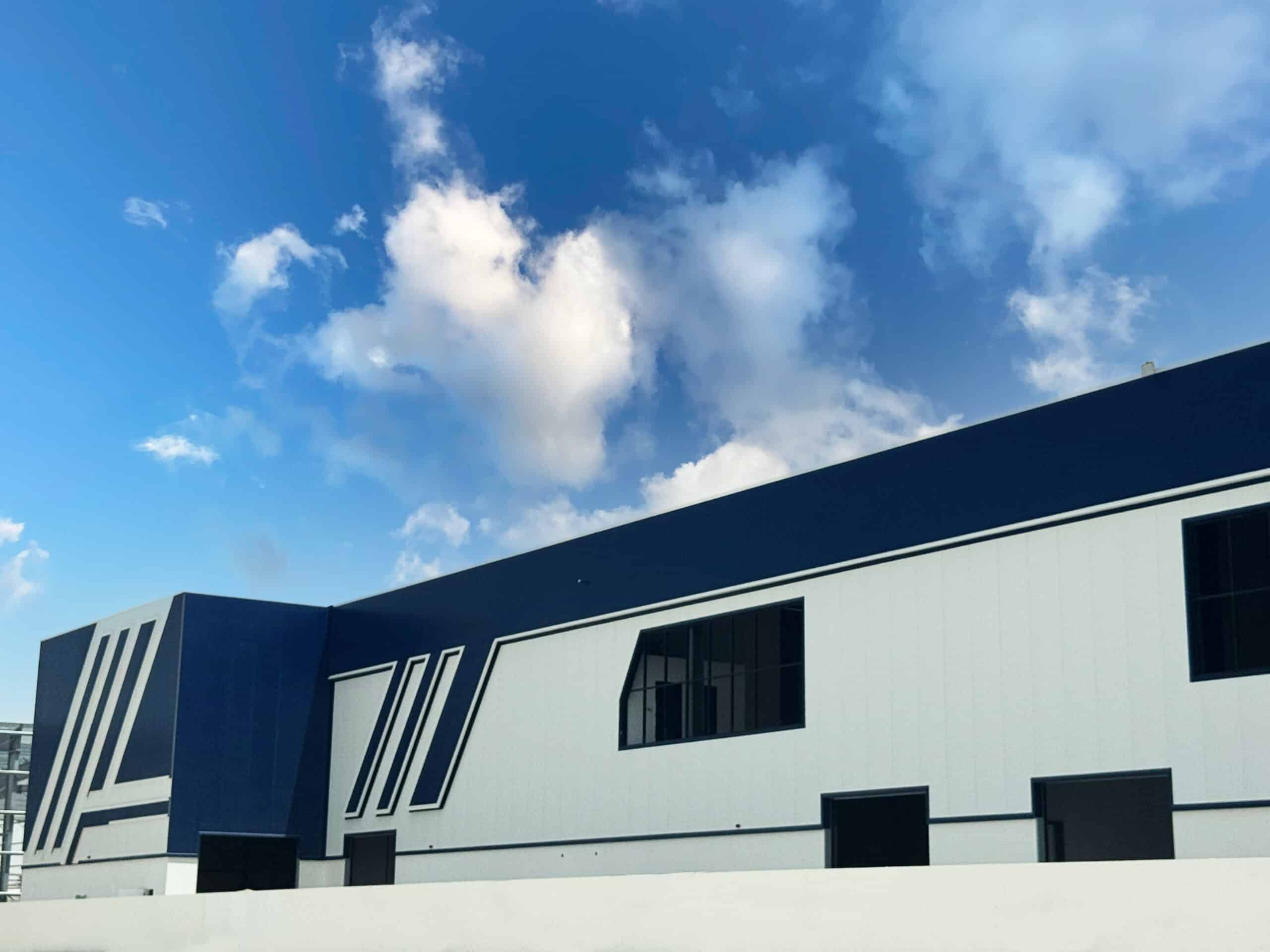Introduction
In the ever-evolving landscape of construction, the importance of robust foundations cannot be overstated. As the global construction industry continues to expand, with projections indicating a growth rate of over 5% from 2023 to 2033, the demand for diverse and reliable foundation solutions has never been higher. Whether it’s a towering skyscraper in a bustling metropolis or a modest residential home in a serene suburb, the choice of foundation plays a pivotal role in ensuring structural integrity and longevity.
From isolated footings that support individual columns to expansive raft foundations distributing loads across vast areas, understanding the various types of foundations is crucial for architects, engineers, and builders alike. As urbanization accelerates and innovative projects emerge, especially in regions like the UAE where steel construction companies are at the forefront of smart city developments, the knowledge of foundation work in construction becomes indispensable.
In this article, we’ll delve into the different types of foundations used in construction, shedding light on their applications, advantages, and considerations. Whether you’re a seasoned professional or a curious enthusiast, join us as we explore the bedrock of modern construction.

Isolated Footing – The Simplest Form of Foundation Support
An isolated footing (also called a pad footing) is one of the most common types of foundations used in smaller buildings. It’s basically a square or rectangular slab of concrete placed beneath a column. Each column has its own individual footing, which transfers the load directly to the soil beneath.
Isolated footings are perfect for residential projects or smaller commercial structures—anywhere the soil is solid and the building load is light to moderate.
Pros:
- Cost-effective and easy to construct
- Requires less material
- Ideal for areas with good soil bearing capacity
Cons:
- Not suitable for weak or waterlogged soils
- Can lead to uneven settlement if not designed properly
You’ll often see steel frame construction companies using isolated footings when placing steel columns, especially in modular or lightweight buildings.
Read our guide: What Is Steel Fabrication
Strip Footing – Supporting Linear Loads Efficiently
Next up is the strip footing—a go-to option when you’re dealing with load-bearing walls. Unlike isolated footings that support columns, strip footings are continuous strips of concrete that run under a wall, distributing the weight along the line.
Strip footing is widely used in residential construction and low-rise commercial projects. It’s simple but powerful, perfect for buildings on firm ground where the load is spread evenly.
Why it works:
- Great for foundation work in construction that involves brick or block walls
- Less complex than deep foundations
- Cost-effective for small structures
Remember, steel construction companies in UAE may pair strip footings with other systems when working in stable soils. It’s reliable, straightforward, and just gets the job done.
Raft Foundation – Distributing Loads Across the Entire Building Area
Imagine your entire building floating on a giant concrete slab—that’s the concept behind the raft (or mat) foundation. Instead of using footings under each column or wall, the entire structure sits on a continuous slab.
Raft foundations are used in high-rise buildings and in areas with poor soil conditions. The slab spreads the load out over a large area, reducing the pressure on the soil.
Ideal for:
- Loose or weak soils
- Buildings with basements
- Large commercial structures
They’re also popular in smart city developments, where underground parking and expansive basements are part of the plan. That said, raft foundations require lots of concrete and rebar, so they’re more expensive than strip or isolated footings.
Combined Footing – Sharing Loads Between Closely-Spaced Columns
When two or more columns are so close that their individual footings would overlap, combined footings come into play. This type of foundation supports multiple columns with a single slab, which can be rectangular or trapezoidal depending on the load.
Benefits:
- Efficient use of space
- Minimizes excavation
- Reduces risk of differential settlement
Combined footings are often seen in urban environments or when working near property lines. If a steel construction company in the UAE is dealing with high column density in a tight space, this is their go-to.

Strap or Cantilever Footing – Connecting Columns Without Interference
Strap footings (also called cantilever footings) are like teamwork in foundation form. When one footing is near a boundary and can’t be centered, it’s connected to another using a concrete strap beam.
This helps balance the load between the two footings and prevent one side from settling more than the other.
Use case:
In city construction where buildings are packed tightly and property lines don’t allow room for symmetrical footings. It’s smart engineering in tight spots.
Pile Foundation – Reaching Deeper for Stronger Support
Not all soil is ready to carry the weight of your structure, especially in swampy or sandy areas. That’s where pile foundations come in. These are long, cylindrical elements—usually made of concrete or steel—driven deep into the ground to reach a stable layer.
Used for:
- Bridges
- Skyscrapers
- Marine structures
Steel construction companies in UAE, particularly those working on coastal developments, use pile foundations extensively. They’re strong, resistant to seismic activity, and a must for foundation work in construction where surface soil is unreliable.
Caisson Foundation – Underwater and Heavy Load Applications
Caisson foundations are basically giant waterproof structures sunk into place and then filled with concrete. They’re perfect for underwater or near-water builds like piers, dams, and bridges.
If your project involves offshore construction or a smart city marina, caissons are probably on the menu.
They come in several types:
- Open caissons: Open at the bottom and filled after placement
- Pneumatic caissons: Pressurized for deep underwater use
- Box caissons: Prefabricated and sunk into place
Caissons take planning, equipment, and precision—but they’re essential for heavy-duty and wet-soil conditions.
Grillage Foundation – Layered Steel Beams for High Loads
A grillage foundation uses multiple layers of steel beams to distribute heavy column loads over a large area—kind of like a bed of cross-laid steel.
They’re typically used for:
- Heavy industrial buildings
- Transformer foundations
- Columns in weak soils
Steel frame construction companies often rely on grillage foundations when loads are too heavy for shallow foundations but deep foundations are overkill or too costly.
Pad Footing – Supporting Single Columns with Simplicity
Technically a subset of isolated footing, pad footings are used under individual columns. They’re square or circular and often reinforced to carry structural loads.
Used in:
- Light commercial buildings
- Pre-engineered steel structures
- Temporary constructions
If your project is simple and the soil is friendly, pad footings are a great option. They’re easy to build and cost-effective, especially when time is a factor.

Floating or Buoyant Foundation – Reducing Settlement in Soft Soils
Floating foundations, also known as buoyant or compensated foundations, work by balancing the weight of the building with the weight of excavated soil. This reduces pressure on the soil and minimizes settlement.
Think of it like building a structure that “floats” on the ground. These are ideal in:
- Clay-heavy areas
- Flood-prone zones
- Soft or expansive soils
Smart cities and green construction planners sometimes favor floating foundations for sustainable low-impact builds.
Read our guide: How does green energy work
Final Thoughts
Foundations are more than just concrete and steel—they’re the backbone of any building, silently supporting the structure above and ensuring it stands the test of time. Whether you’re working with an isolated footing beneath a single column or employing pile foundations to anchor a skyscraper into soft soil, the right foundation choice can make or break your project.
We explored what a foundation is in construction, examined what are the different types of foundations used in construction, and discussed how each foundation type—from strip footing to grillage, raft, caisson, and buoyant foundations—serves its unique role based on soil conditions, load requirements, and building design.
In regions like the UAE, where steel construction companies are pushing boundaries with smart city infrastructure, understanding modern foundation work in construction is not just beneficial—it’s essential. From small-scale homes to large commercial hubs, foundation selection is where safety, stability, and sustainability all begin.
Whether you’re collaborating with steel frame construction companies or managing your own project, always consult geotechnical engineers, consider local environmental factors, and invest in the right foundation strategy. Because no matter how impressive a building looks on the outside, it’s what’s underneath that truly counts.

